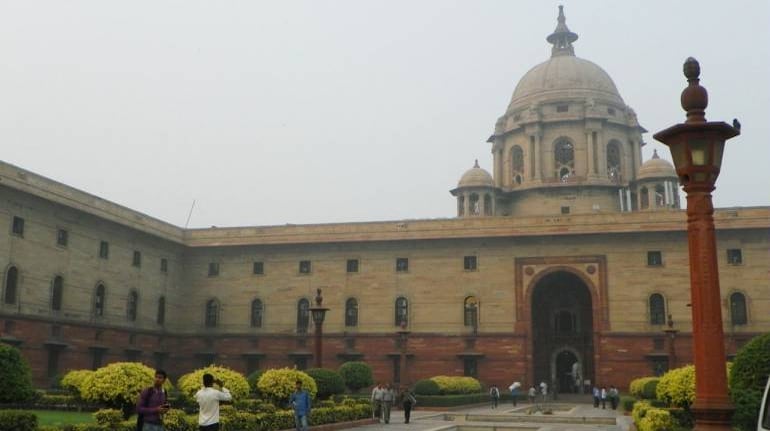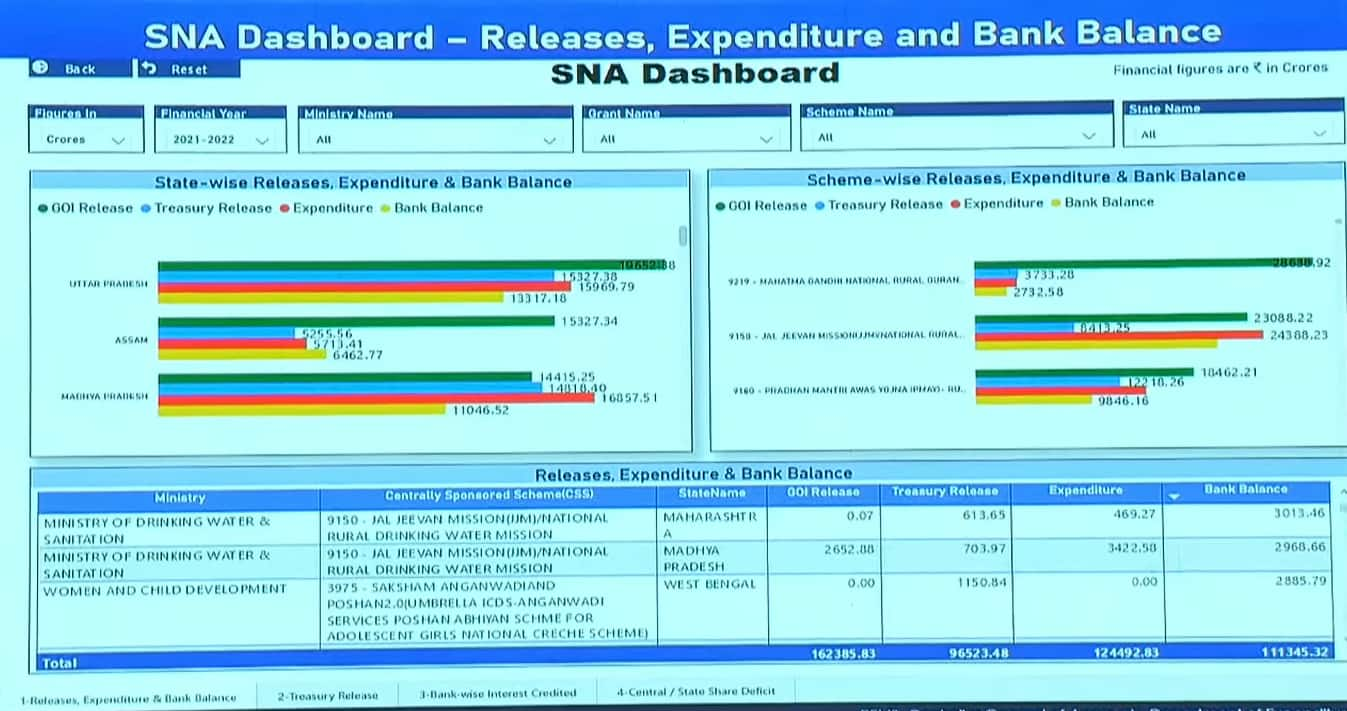



The Indian public benefitted greatly from the fintech explosion over the past decade. Payments have become instantaneous, manoeuvring through bank accounts online are not a puzzle anymore, and most, if not all, information on investments is at our fingertips.
Something similar started to happen with the government in 2021.
On July 1, 2021, the Centre started the Single Nodal Agency (SNA) model for the release and monitoring of funds meant for Centrally Sponsored Schemes (CSS). Under the model, each state must name a nodal agency for each centrally sponsored scheme. This agency account then receives all the funds for that state for that particular scheme, with implementing agencies making their expenses from the same account.
The adoption of the SNA model brought a certain focus to where the money goes, with CSS funds now sitting in just over 3,000 accounts as opposed to over 18 lakh accounts before the model was rolled out.
 Source: Press Information Bureau
Source: Press Information Bureau
But more than just putting money in fewer bank accounts, the SNA and its dashboard – launched in June last year – allowed the government to truly monitor the flow of funds and helped it to better manage its cash, prompting Finance Minister Nirmala Sitharaman to call it the UPI of governance.
UPI, or Unified Payments Interface, is an instant, real-time system that enables money transfers between bank accounts.
“…if the money is stuck somewhere, then we would like to minimise what is stuck and hold it where it is more efficiently held,” Finance Secretary TV Somanathan had said at the launch of the SNA dashboard.
Cost savings
The SNA model forms one part of the Finance Ministry’s recent public financial management reforms, with the other two being the Treasury Single Account (TSA) system – for grants-in-aid to autonomous bodies – and the Central Nodal Agency (CNA).
The CNA model, which came into effect on April 1, 2022, dictates that a central nodal agency be notified for each scheme. Schemes with an annual outlay of more than Rs 500 crore and implemented without the involvement of state agencies have to be routed through the TSA, which ensures these funds are released ‘just in time’.
But how much money can the government save from closer monitoring of its CSS funds, their utilisation, and just-in-time release?
Consider the observation made by Sajjan Singh Yadav - an additional secretary in the finance ministry's department of expenditure - in a newspaper column in early December: “In 2022-23, Rs 2.75 lakh crore is allocated to schemes implemented in this (TSA) mode. Till November 30, 2022, an assignment limit of only Rs 57,299 crore was issued by ministries to CNAs. In the earlier system, the entire amount would have moved out of the government's account in RBI instantly. However, in the new system, only Rs 26,022 crore, that’s actually been spent, has been debited. Thus, the TSA mode has eliminated the float in bank accounts.”
The reduction in the float helps reduce the interest burden for the government.
“The money that sits in that account is visible to us and we don’t make the next release until it is substantially used – not 100 percent, but we expect 75 percent utilisation before the next instalment is received,” Somanathan told Moneycontrol in an interview earlier this month.
“And the interest on that account is shared between the Centre and states. What this does is that the money can’t be held invisibly for some unknown purpose or can’t be diverted from the scheme for which it was released to something else. So this is a major tightening that we have done and this helps us with our borrowing costs,” he added.
Non-trivial savings
According to the finance secretary, the savings from the new system are not trivial.
“…particularly in difficult years, such as this one, the current financial year, these things are extremely helpful in containing our fiscal deficit within what is possible,” Somanathan said in June.
According to a February 9 report in Business Standard, the Centre saved about Rs 10,000 crore through the SNA model in 2021-22. This year, the savings are expected to rise to Rs 50,000 crore. Considering that the disinvestment target itself is close to this figure, these are crucial savings.
Discover the latest Business News, Sensex, and Nifty updates. Obtain Personal Finance insights, tax queries, and expert opinions on Moneycontrol or download the Moneycontrol App to stay updated!